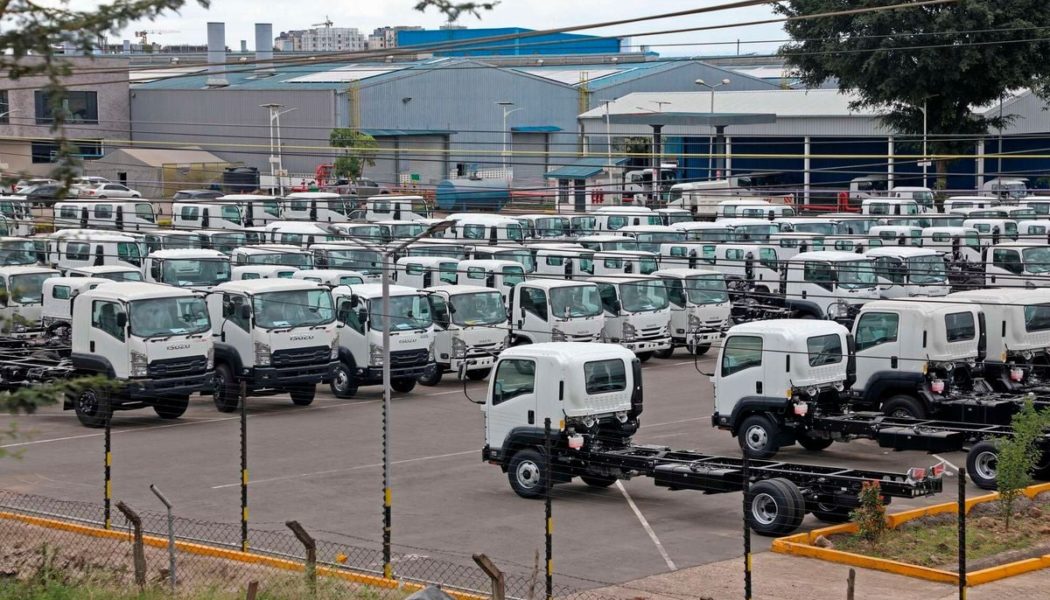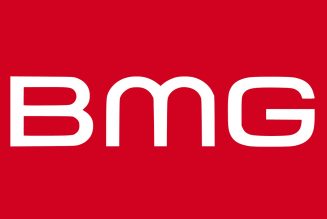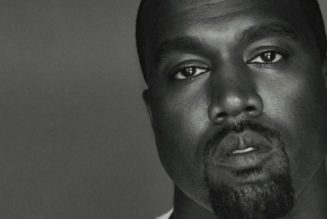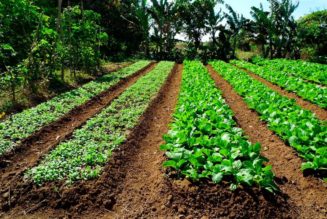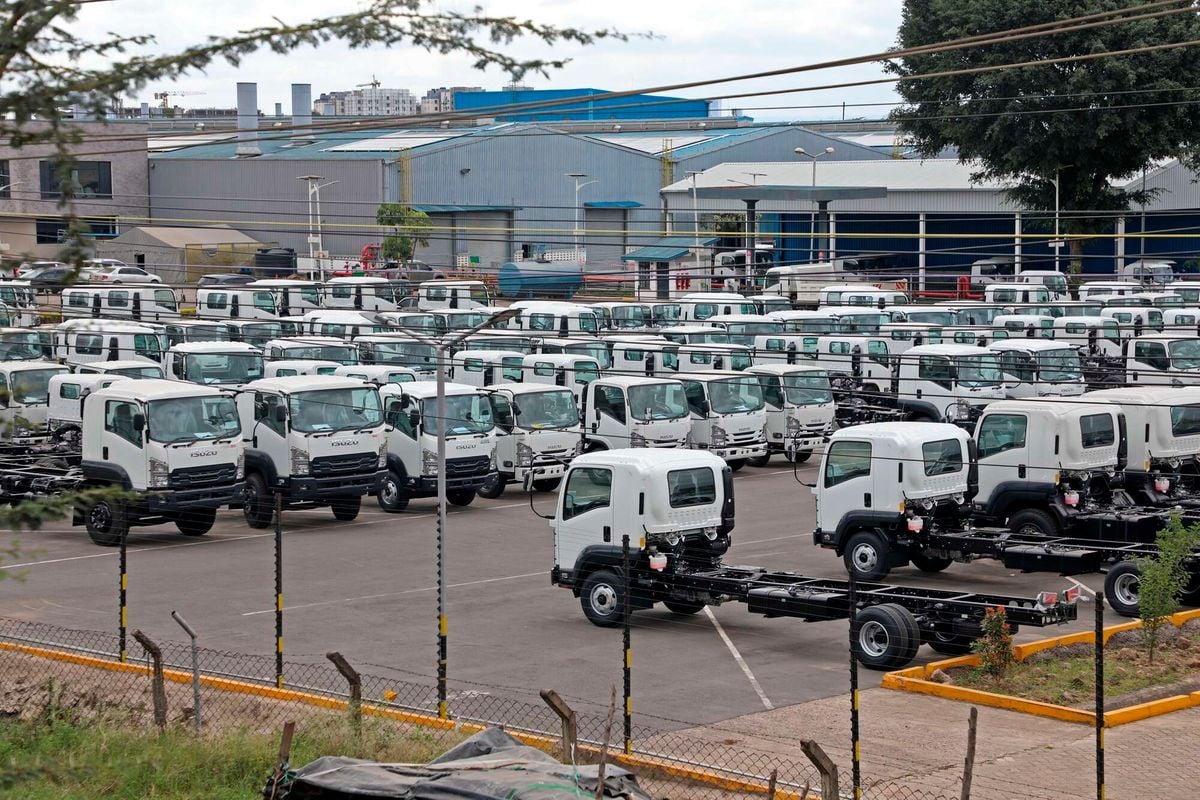
Kenyans have cut the purchase of new vehicles for the third year running because of the deterrent cost of borrowing and the lagged effect of higher taxation amidst thinning pay slips.
New vehicle dealers and assemblers such as Isuzu East Africa, CFAO Motors Kenya, and Simba Corporation posted an 8.58 percent drop in sales for nine months ended September 2024.
According to data from the Kenya Motor Industry Association (KMI), the dealers processed orders for 7,967 units in the review period, compared with 8,715 vehicles during a similar period last year. This marks the third year in a row that sales have been falling in the review period.
The data also suggests that the new vehicles industry is battling the worst business performance since Covid-19 pandemic struck in 2020, eroding household and corporate earnings.
In the post-pandemic period, the industry’s sales were hit by a raft of shocks, such as disruptions in the global supply of some vehicle units and spare parts, a shortage of dollars amidst a weakening shilling, a rise in import duty, and elevated inflation, which hurt purchases.
The elevated cost of loans, which has crossed the 20 percent mark on average, has compounded the challenges, sending the price of new cars out of reach for most households and businesses.
The KMI data shows Simba Corporation, which holds multiple franchises including Mitsubishi and Proton brands, posted the biggest fall in sales amongst the three dealers – along with Isuzu and CFAO — which control about 90 percent of new vehicles market share.
Simba Corp’s sales dropped 7.62 percent in the nine months through September to 800 units from 866 units a year ago.
Market leader Isuzu witnessed a 6.84 percent contraction in orders to 3,676 vehicles, while CFAO, which a year ago bucked the industry trend of flagging sales, suffered a 6.68 percent drop to 2,698 units.
The data, however, shows the three dealers grew their shares of the market despite reduced purchases of their vehicles, reflecting an industrywide struggle to drive sales.
Isuzu — which sells pick-ups, buses, trucks, and sport utility vehicles (SUVs) —grew its market share to 46.14 percent from 45.28 percent share in the prior year.
CFAO, which deals in multiple brands such as Toyota, Mercedes, Volkswagen, and Hino under one roof, also increased its share marginally to 33.86 percent from 33.17 percent, while Simba Corp’s share rose to 10.04 percent from 9.94 percent in the review period.
“Interest rates have been high, meaning most of our customers were not able to get funding,” Rita Kavashe, the managing director for Isuzu East Africa, said in an interview in March.
She added, “We have not seen such an interest rate in many years and so it is tough for our customers too.”
The purchase of cars in Kenya is largely financed by bank or Sacco loans, with the lenders retaining logbooks until the loan is fully serviced.
The cost of credit has generally remained high this year after the CBK’s Monetary Policy Committee raised its benchmark interest rate to a near 12-year high of 13 percent in February to battle demand-side inflationary pressures.
Increasing the central bank rate makes borrowing to fund the purchase of goods and services more expensive as banks use it as a base on which they load their margins and risk profile of individual borrowers when pricing loans.
Banks and other lenders have yet to fully transmit a percentage cut in the base lending rate since August into the pricing of loans for borrowers, drawing criticism from President William Ruto on October 16.
Cars are amongst the goods that have witnessed one of the biggest price increments in the past year, compounded by increased taxes.
The Kenya Revenue Authority increased duty on shipping cars into the country from 25 percent to 35 percent in July 2023 after the East African Community Council of Ministers approved Kenya’s application to levy a higher rate than the 10 percent common external tariff (CET) for the seven-nation EAC bloc. Importation of vehicles further attracts excise duty ranging from 25 percent to 35 percent depending on the size of the engine, in addition to the standard 16 VAT also applies.
Excise tax is charged on the sum of the landed cost of the car and import duty, while VAT is applied on the resultant value [the sum of landed cost, import tax, and excise duty].
